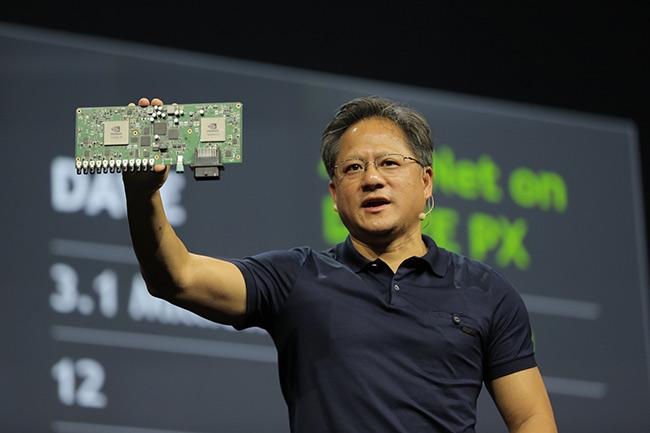
Initially unveiled at CES, but shown off for the first time this week at the 2015 GPU technology conference, Drive PX is a bit of a monster. Looking like a heatsink-free GPU of old, it combines two Tegra X1 processors, giving it 2.3 teraflops of processing power. According to Nvidia’s estimations, this should allow it to handle up to 12 separate camera inputs and process that information, allowing for advanced autonomous emergency braking (AEB) systems, blind spot monitoring and obstacle detection.
If that sounds like overkill, think again, as the driverless vehicles of today – which will be quickly outstripped by their descendants – are already fitted with multiple HD cameras that operate in the visual and infrared spectrums, as well as 360 radar and LIDAR.
Going hand in hand with the Drive PX is Nvidia’s Digits software, which it claims is able to learn over time and could theoretically be trained to avoid new types of obstacles rarely encountered. If Nvidia’s plans come to fruition, car makers will load the Digits devbox into their prototype vehicles and allow the system to learn through specific exercises and repetition. When it’s ready for the big time, the software can be loaded into production vehicles, giving them instantly updated detection and avoidance algorithms.
Nvidia’s Drive PX system will be available to car makers in May.
Editors' Recommendations
- Cruise woes prompt production halt of fully driverless van
- Cruise autonomous vehicle drives over woman just after she was hit by another car
- Nvidia’s Drive Concierge will fill your car with screens
- Nvidia RTX 4090’s outrageous power needs may not be real
- How a big blue van from 1986 paved the way for self-driving cars





